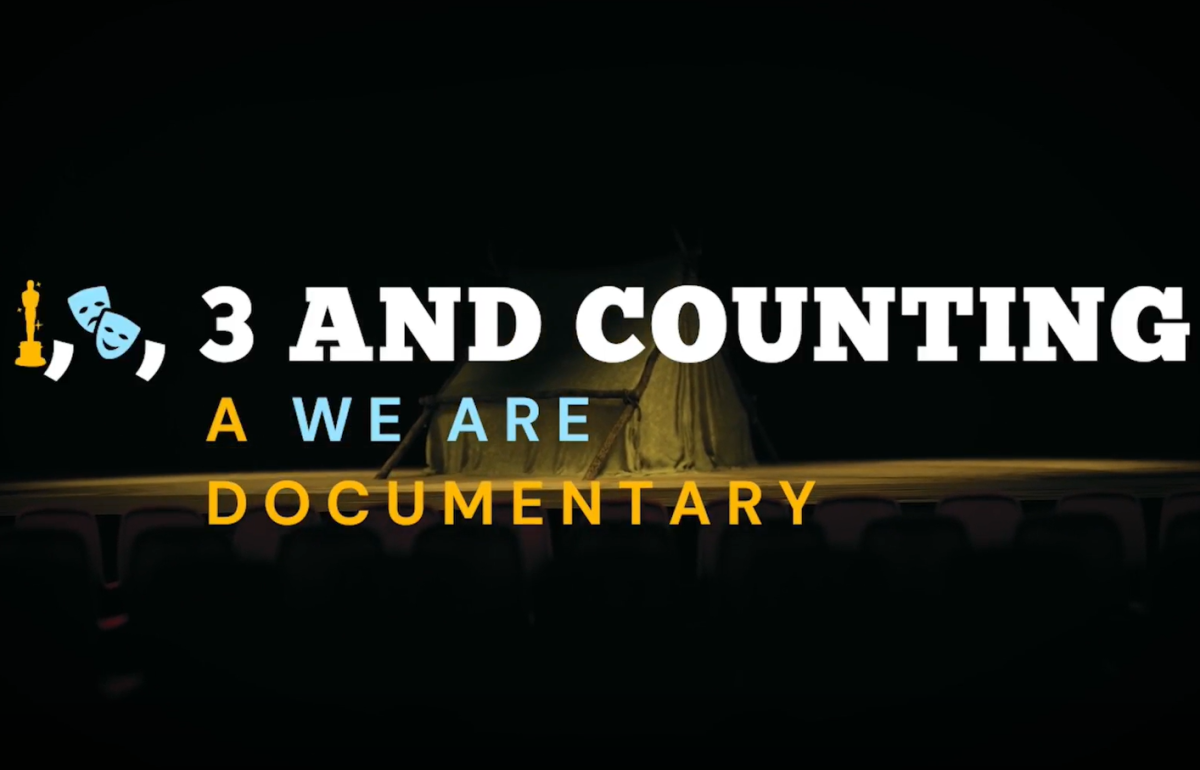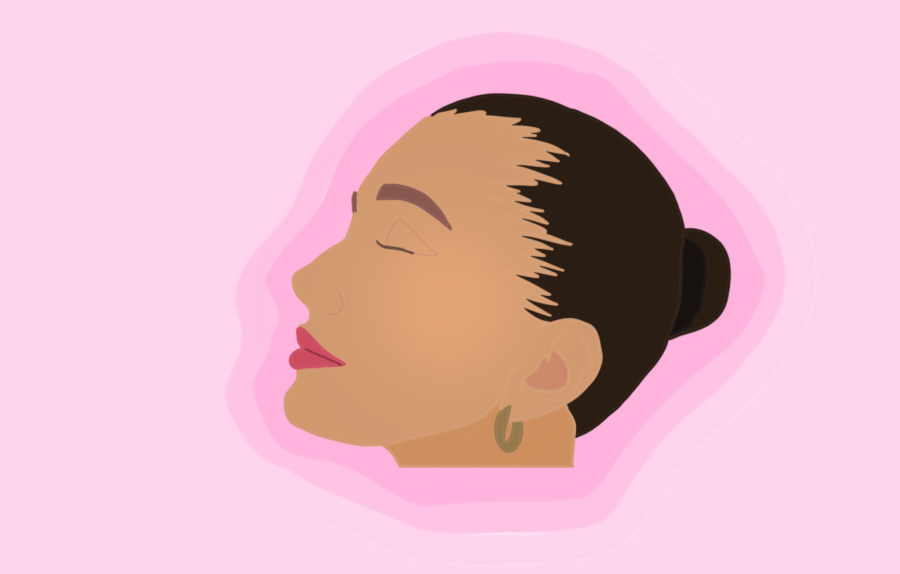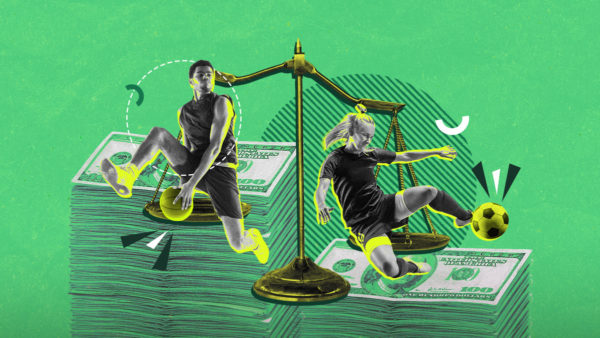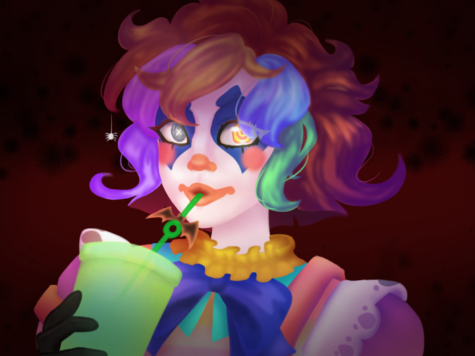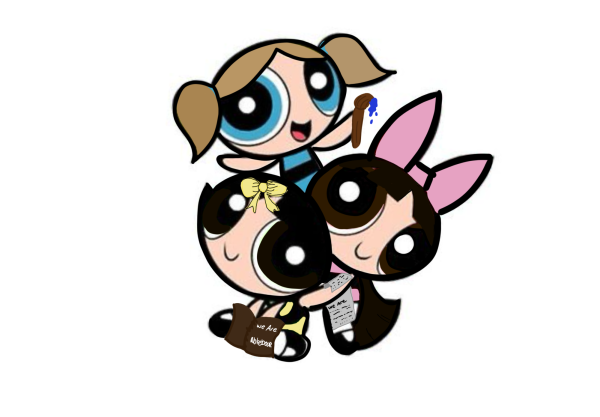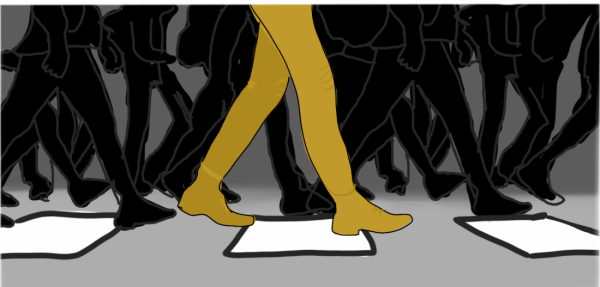The Problem with the ‘Clean Girl’ aesthetic
November 2, 2022
Perfect, glowy skin. Minimal makeup. Gold jewellery. Slicked back hair. These are all essential factors of the ‘Clean Girl’. Her hair is always perfect, she wakes up at 5 am to work out, and seems to survive solely on green smoothies. One search on TikTok will flood your screen with endless videos featuring skinny, conventionally attractive girls, all promoting this ‘minimalistic’ lifestyle.
Rising to popularity earlier this year, celebrities such as Bella Hadid are poster girls for the aesthetic, promoting similar styles to their millions of followers. Other recognisable Clean girls are Hailey Bieber and Kendall Jenner, who regularly sport essentials such as fluffy brows and slicked-back hair. With the trend gaining insane amounts of media coverage and popularity, it is no wonder that it has wound up with as much controversy as praise. Stemmed in racism and unrealistic beauty standards, one particular issue is the impossible levels of attractiveness and self-worth it presents. For example, the most recognisable aspects of Clean girls are easily gelled-back hair, natural make-up, and smooth, filter-like skin.
If possessing these attributes is considered ‘clean’, what is considered dirty? Is having textured skin unclean? Having natural hair that doesn’t perfectly slick back? The problem with this trend is that it is completely unattainable to the general audience. Most people do not have skin that is blemish free and glowy. Most people do not have the luxury of dedicating hundreds of dollars to the latest skincare and makeup.
A Clean girl is someone that exists on a completely different plane. Viewers simply cannot be her.
Google defines a trend as: “a general direction in which something is developing or changing” Take notice of the word general. The general person definitely does not fit into the ultimate description of a Clean girl. The general person does not have a model-perfect body. The general person’s skin has texture.
If not everyone can achieve this popular look, is it really a worthwhile trend? Trends are something that are easily copied and pasted, rarely differing from one person to the next. Think about the fidget spinner fad of 2017. Everybody could have one, everyone could join in, no matter what you looked like, weighed, or thought. The Clean girl movement is not inclusive or easily replicated at all. It sits on a pedestal, the few who can achieve it staring down while the rest gaze up in wonder.
The majority of those up on the pedestal seems to be conventionally attractive women, who fit into the idealistic Western standard of beauty. This a particular issue for people of colour, who have been shamed for decades for smoothing their hair back and wearing hoops. Yet, when privileged, young, white women start participating, it is deemed trendy. Twitter user @rxjsngh sums it up perfectly “crazy how the “clean girl aesthetic” is only praised because white girls are doing it as if brown girls haven’t been doing it for years and in turn got bullied and called names like “greasy” “smelly” “dirty” for have slicked back hair with oil”
Instead of crafting a narrative that presents certain features as new and trendy, acknowledgment needs to be given to the original creators of the styles.
For a generation that seems to constantly promote body positivity and self-love, we still have a long way to go in terms of inclusivity and typical beauty standards.



